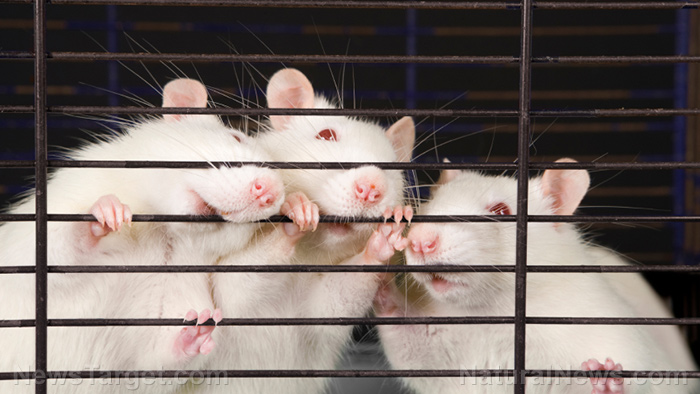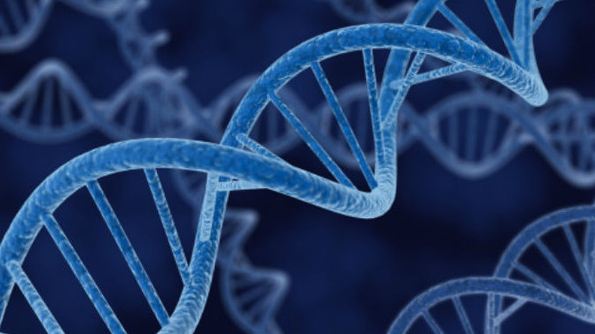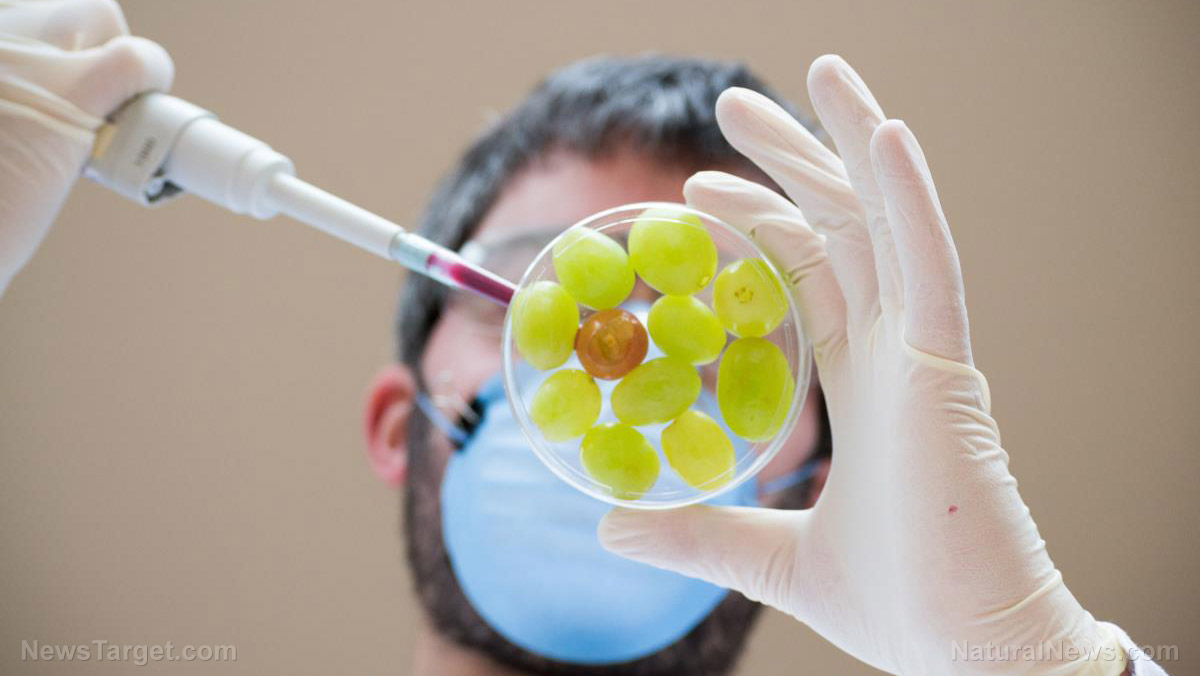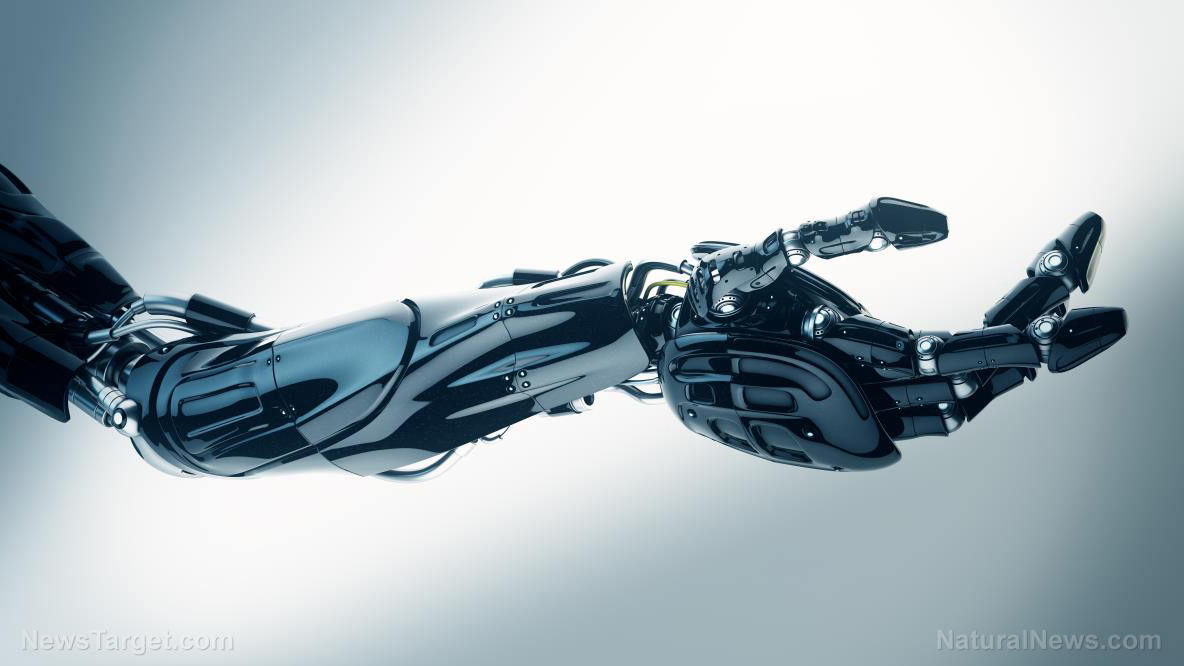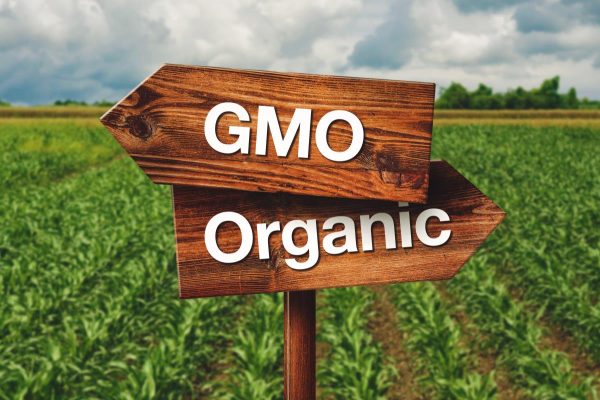Gene-editing tool, CRISPR, is a new, scary technology that can change everything we know, from our food to our bodies
05/14/2018 / By Tracey Watson

In virtually every avenue of science, things are changing and growing at an alarming rate – a rate that very few of us can keep up with. From human/animal hybrids to gene editing, scientists now hold the very foundations of life in their hands.
If researchers are left unchecked by the world’s regulatory bodies and allowed to continue playing god, pretty soon the world as we know it will be nothing more than a distant memory.
And many of us will never even have known what was happening until it’s too late.
By now, most of us are likely familiar with the concept of gene editing – a type of genetic engineering in which scientists in white coats insert, replace or modify the DNA of a living organism. The organic vs genetically modified food (GMO) debate has become huge in the United States, and many Americans are opting for organic produce over GMOs, convinced that we do not know enough about the long-term effects of gene editing to just allow it to take over our food supply.
As noted by Jon Rappoport of Waking Times, however, the gene editing techniques we have become familiar with are now a thing of the past, replaced by a deadly accurate technique called CRISPR, or clustered regularly interspaced short palindromic repeats. Scientists discovered the CRISPR system accidentally while studying the immune system of a type of bacteria.
When a virus attacks one of these bacteria, the CRISPR system captures a piece of the virus’s DNA and slides it into a section of its own DNA, which lets the bacteria’s virus-fighting machinery use it like a “wanted” poster to identify and destroy the virus it came from the next time it attacks.
Scientists are now able to take the CRISPR system’s ability to cut, copy, and replace pieces of DNA and use it to their own ends, applying it to virtually any DNA they want to.
Of course, the medical and scientific communities are overjoyed about the discovery of this new technology, convinced that it will be used in humane and philanthropic ways to cure genetic disorders, produce transplant organs, eliminate the need for diabetics to take insulin, wipe out heart disease and cure multiple illnesses.
Unfortunately, what they conveniently overlook is the fact that we have no idea what the consequences of this type of tinkering might be, and once you’ve changed the DNA of a living organism it’s changed forever. (Related: Stay up-to-date with the latest scientific discoveries at Scientific.news.)
“I guess I worry about a couple of things,” said Jennifer Doudna, the co-discoverer of CRISPR technology. “I think there’s sort of the potential for unintended consequences of gene editing in people for clinical use. How would you ever do the kinds of experiments that you might want to do to ensure safety?”
As reported by Waking Times, the United States Department of Agriculture (USDA), which is the regulatory body tasked with controlling the use of this type of technology in our food supply, is essentially giving scientists free reign:
Under its biotechnology regulations, USDA does not regulate or have any plans to regulate plants that could otherwise have been developed through traditional breeding techniques…This includes a set of new [gene-editing] techniques that are increasingly being used by plant breeders to produce new plant varieties that are indistinguishable from those developed through traditional breeding methods.
One of the biggest problems with the CRISPR technology is how inexpensive and readily available it is to anyone with even the most basic laboratory. Who knows what people are busy cooking up in their basements? Cross-breeding of strange plant combinations? Animals or humans without certain features or with extras added in? Animal/human chimeras?
Remember, gene editing is forever; there’s no going back once we cross that line.
Sources include:
Tagged Under: CRISPR, food and nutrition, future science, future tech, gene editing, genetic editing, genome editing, GMOs, science







